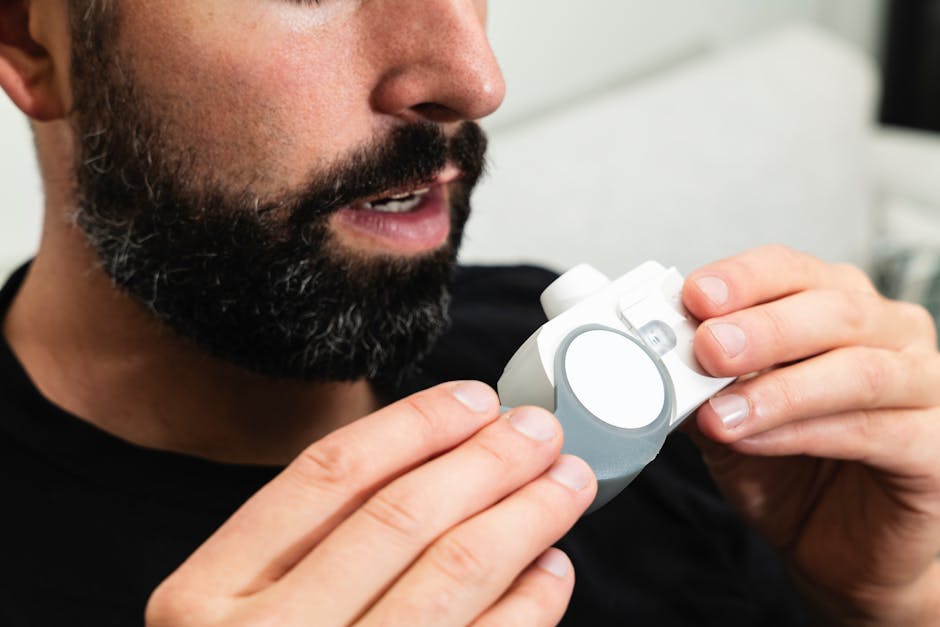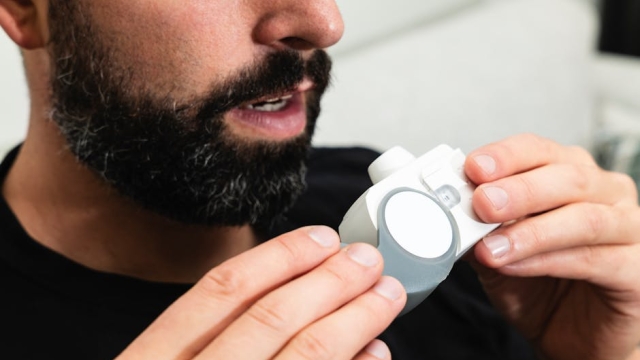
Red light therapy is an innovative approach that utilizes specific wavelengths of light to promote healing and well-being. This non-invasive treatment has gained traction for its wide range of applications, from skin rejuvenation to pain relief and even enhancing muscle recovery. With a variety of red light therapy systems available, understanding their benefits and how to choose the right one is essential for those interested in personal or professional use.
Overview of Red Light Therapy Systems and Their Benefits
Red light therapy systems harness low-level wavelengths of light, typically between 600 to 650 nanometers, to penetrate the skin and stimulate cellular function. This process can lead to increased energy production in cells, promoting healing and reducing inflammation. Users often report benefits such as improved skin tone, enhanced collagen production, reduced joint pain, and accelerated muscle recovery.
Some of the primary benefits of red light therapy include:
- Skin Health: Red light therapy can help reduce signs of aging, such as wrinkles and fine lines, by promoting collagen synthesis.
- Pain Relief: Many individuals use red light therapy systems to alleviate chronic pain, including arthritis and muscle soreness.
- Injury Recovery: Athletes frequently incorporate red light therapy into their recovery protocols to speed up healing from injuries.
- Hair Growth: Some studies suggest that red light therapy may stimulate hair growth in individuals experiencing hair loss.
Comparative Analysis of Different Red Light Therapy Systems
When considering red light therapy systems, it’s important to evaluate the options available. Systems vary widely in terms of design, intensity, and intended use. Here are some common types:
1. Handheld Devices
These portable systems are ideal for targeting specific areas. They are often preferred for facial treatments and pain relief in localized regions. Handheld devices are typically more affordable, making them accessible for personal use.
2. Panel Systems
Panel systems are larger and designed for full-body treatments. They are common in professional settings like clinics and gyms but can also be used at home. These systems often provide more powerful light exposure, which can lead to more significant results over time.
3. Bed Systems
Red light therapy beds provide comprehensive coverage, allowing the entire body to absorb light simultaneously. They are often found in wellness centers and spas. These systems tend to be the most expensive but offer a convenient option for those seeking extensive treatment.
When comparing these systems, consider factors such as cost, ease of use, treatment time, and user reviews. Many users report satisfaction with the results from various systems, but personal preferences and specific treatment goals play a crucial role in the selection process.
Guidelines for Selecting the Right Red Light Therapy System
Choosing the right red light therapy system depends on individual needs and intended applications. Here are some guidelines to help you make an informed decision:
- Define Your Goals: Determine whether you intend to use the system for personal care, professional treatment, or equine applications. Each use case may require different features.
- Assess the Wavelength: Ensure that the system emits light in the effective red and near-infrared ranges, as these are known to be beneficial for therapeutic effects.
- Evaluate Size and Portability: Consider where you will use the system. Handheld devices are convenient for travel, while larger panels may require dedicated space.
- Check for Certifications: Look for systems that have undergone testing and adhere to safety standards, especially if you are considering them for professional use.
- Read Reviews: User experiences can provide insight into the effectiveness and reliability of different red light therapy systems.
In conclusion, red light therapy systems offer a range of benefits for both personal and professional use. By understanding the various types of systems available and considering your specific needs, you can select the right option that aligns with your wellness goals. For more information on various products and features, exploring dedicated resources can provide valuable insights into effective red light therapy options.
For further details and a variety of choices, consider visiting this resource to discover the possibilities that red light therapy systems can offer.

